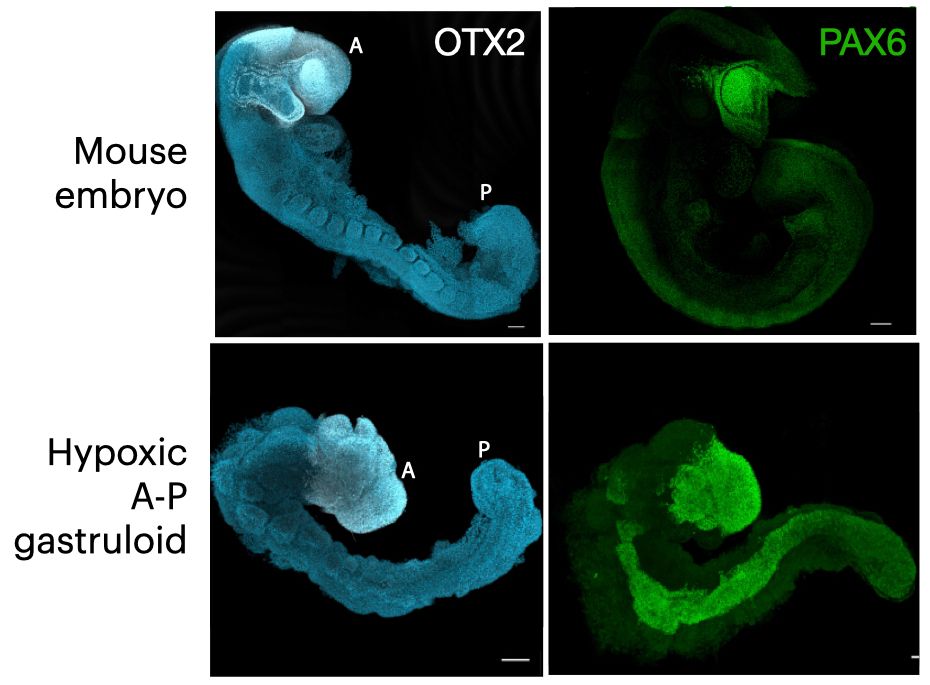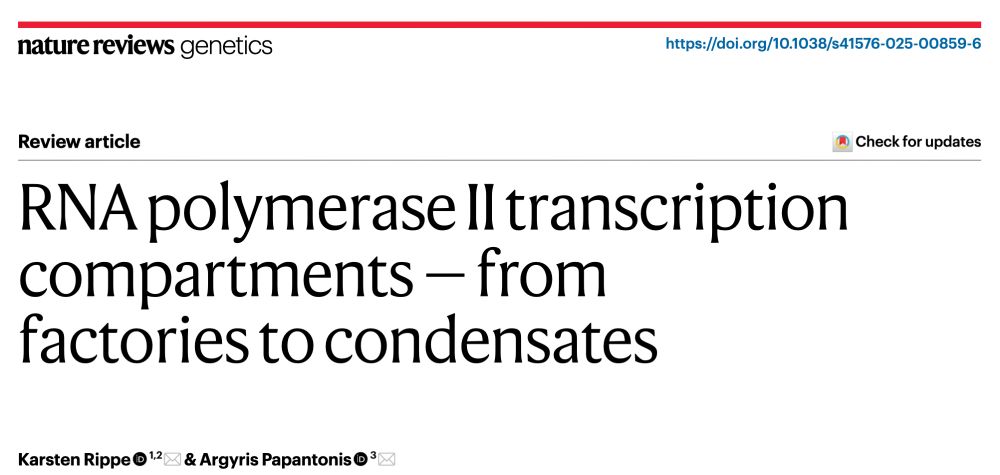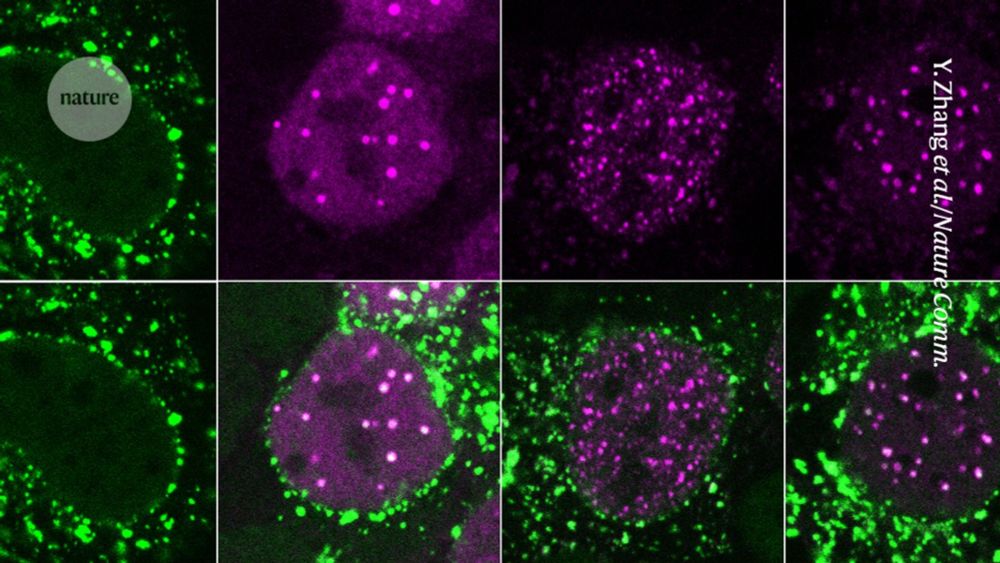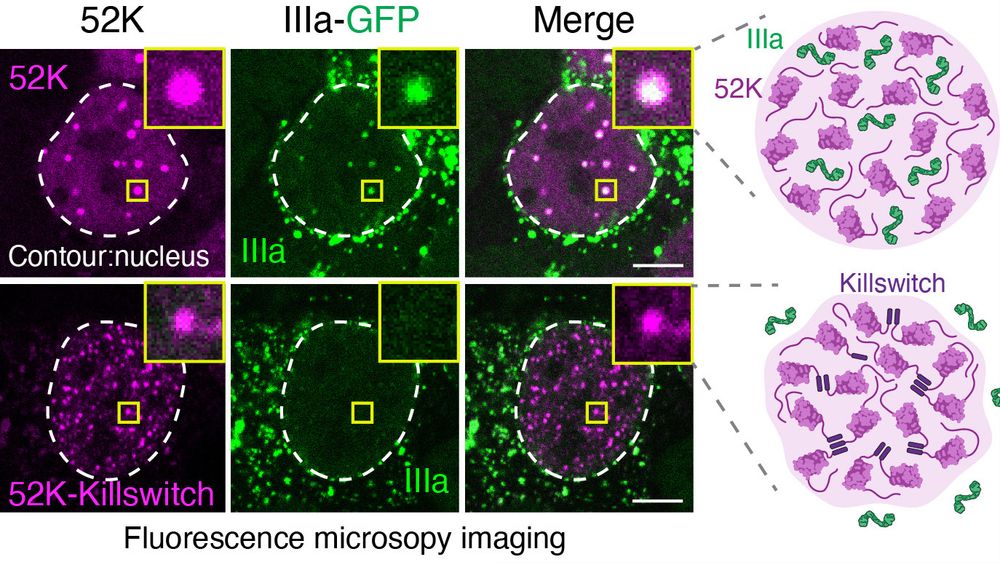Henri Niskanen
@henriniskanen.bsky.social
94 followers
100 following
18 posts
Postdoc @ Hnisz lab | Max Planck Institute for Molecule Genetics, Berlin | Condensates & Gene regulation | Past: PhD (Molecular Medicine, Uni. East Finland) MSc (biochemistry, Uni. Turku)
Posts
Media
Videos
Starter Packs
Reposted by Henri Niskanen
Tugce Aktas
@aktast.bsky.social
· Jun 30
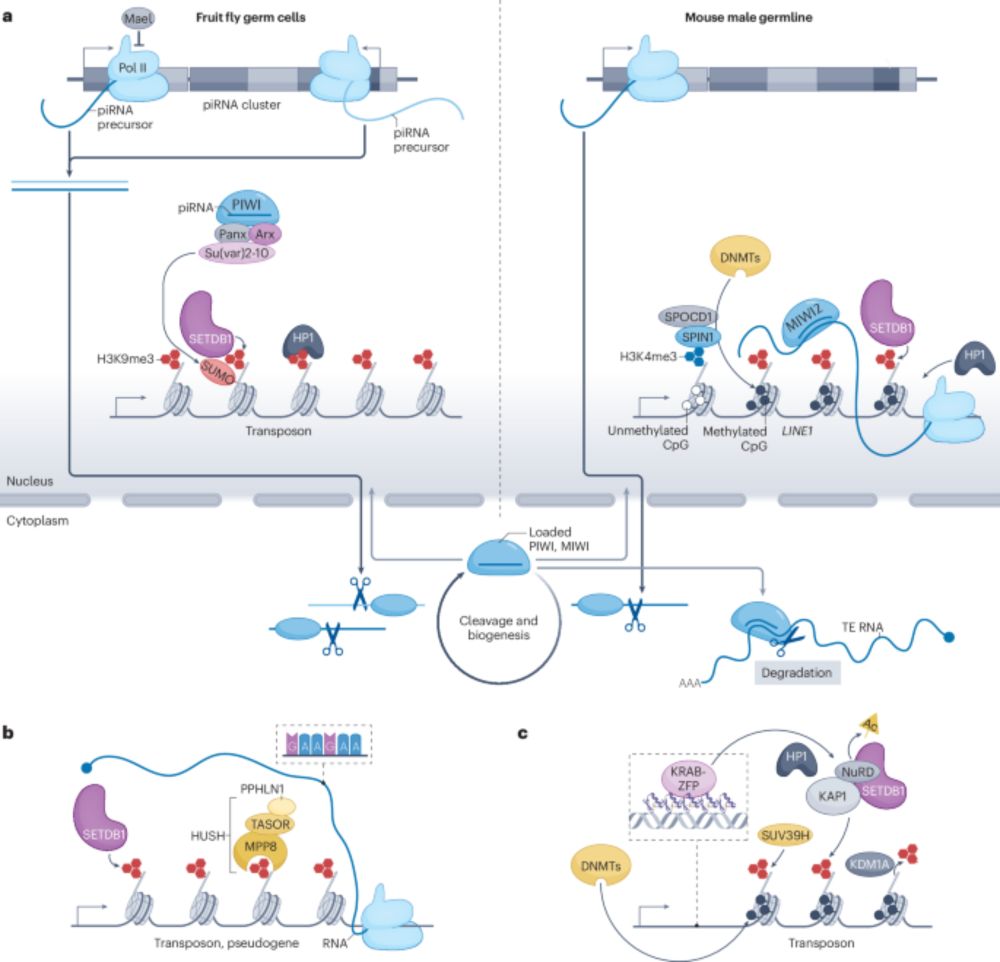
Transcriptional and post-transcriptional regulation of transposable elements and their roles in development and disease - Nature Reviews Molecular Cell Biology
Transposable elements (TEs) comprise nearly half of the human genome. This Review discusses transcriptional and post-transcriptional mechanisms that repress TE activity, how TEs escape this suppressio...
www.nature.com
Reposted by Henri Niskanen
Reposted by Henri Niskanen
Reposted by Henri Niskanen
Reposted by Henri Niskanen
Reposted by Henri Niskanen
Reposted by Henri Niskanen
Sadaf Shadan
@sshadan.bsky.social
· Jun 5

Probing condensate microenvironments with a micropeptide killswitch - Nature
Targeting a non-natural micropeptide ‘killswitch’ to several biomolecular condensates altered condensate compositions and revealed condensate functions in human cells
www.nature.com
